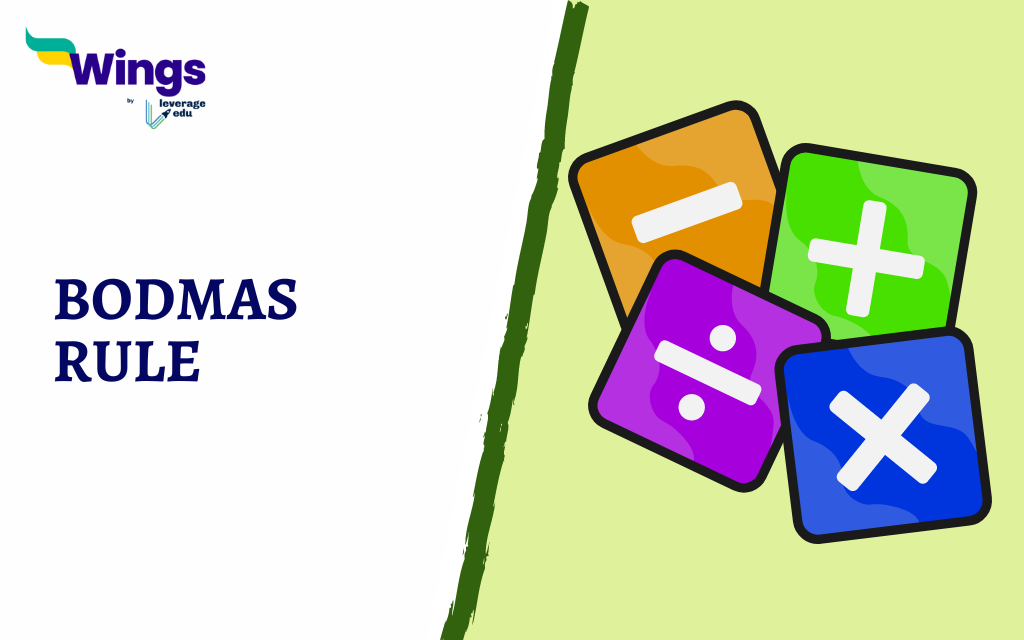Solving mathematical problems with Brackets seems like a daunting task. But the BODMAS Rule in mathematics makes it very very easy for you! We need to thank Achilles Reselfelt for the invention of the BODMAS Rule. It actually defines what are the exact steps that you need to take to solve a maths problem. The Bracket Of Division Multiplication Addition and Subtraction is the Full Form of the BODMAS Rule. Furthermore, this Rule simplifies how to tackle any math problem that has a Bracket. Read on to learn more in detail about the BODMAS Rule and its Examples!
What is BODMAS?
BODMAS is the order of operations you need to follow when solving a mathematical problem that has numerous calculations. We first need to solve the equations or problems within the Brackets and thereafter the rest of the equation Division Multiplication Addition and Subtraction. Take a look at this table that mentions the BODMAS Rule.
| BODMAS Rule | ||
| B | Bracket | ( ) |
| O | Of | |
| D | Division | ÷ |
| M | Multiplication | ✕ |
| A | Addition | + |
| S | Subtraction | – |
Nowadays it is also known as BIDMAS and the only difference is that the I has replaced the O in the acronym, but it means the same thing.
Also Read: Download the Free E-Book of the BODMAS Practice Workbook
BODMAS Rule Examples
Let us take a look at an example to help you understand the BODMAS Rule better.
The Equation is: 4 + 3 ✕ (6 – 2)
Step 1: We need to first deal with what is in the Brackets, which is (6 – 2). So the answer will be 4.
Step 2: Now since the Brackets are opened up and the answer we got is 4, we need to Multiply 3 ✕ 4. Therefore, we will get 12.
Step 3: After we get the answer 12, the last and final step is to Add 4 + 12. The answer is 16.
Thus, the Answer to the Equation 4 + 3 ✕ (6 – 2) solved with the BODMAS Rule is 16.
I hope this helps! Did you like learning about the BODMAS Rule? Keep reading our blogs to learn more about the Basic Concepts of Maths!
Also Read: BODMAS Questions
 One app for all your study abroad needs
One app for all your study abroad needs














